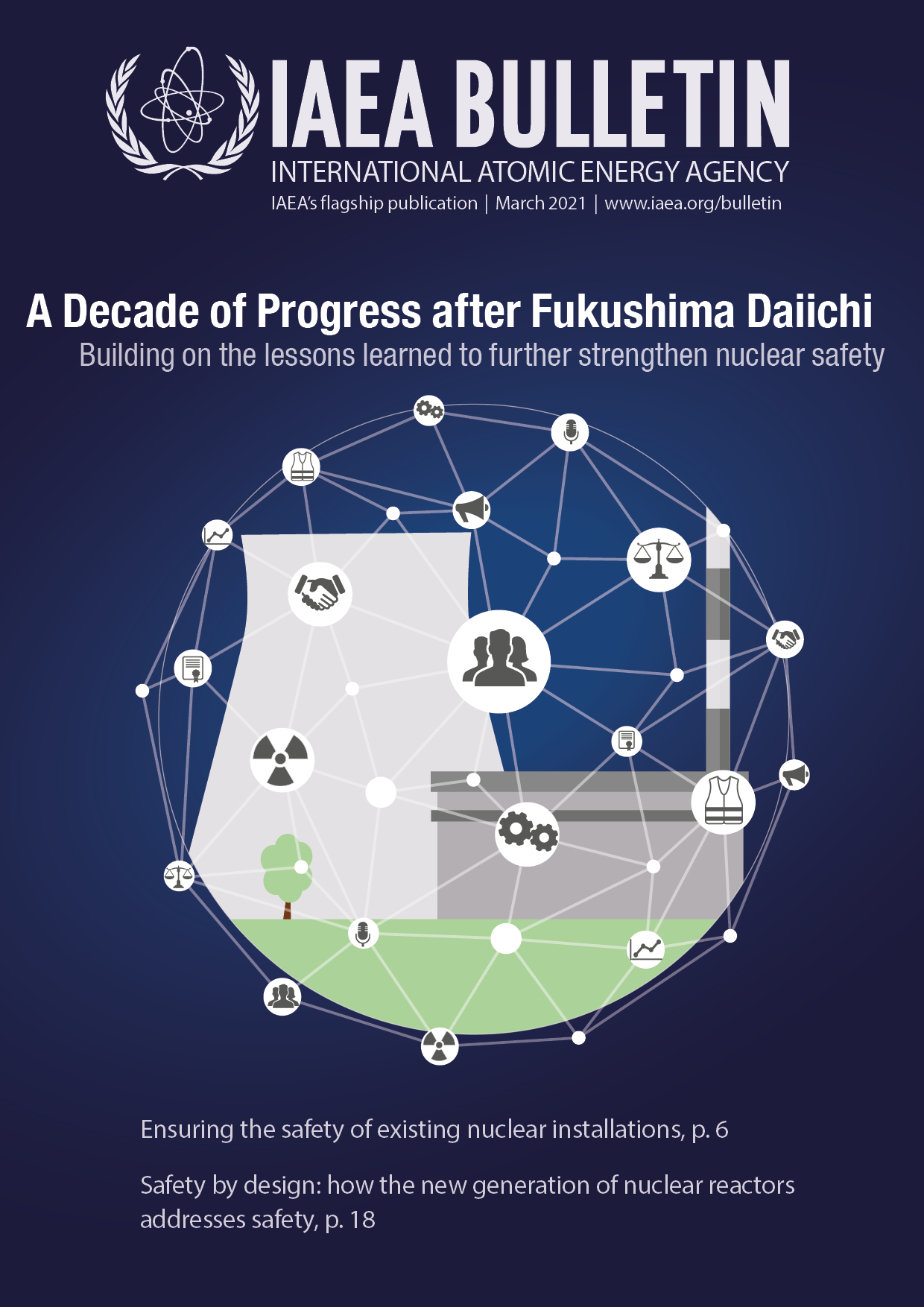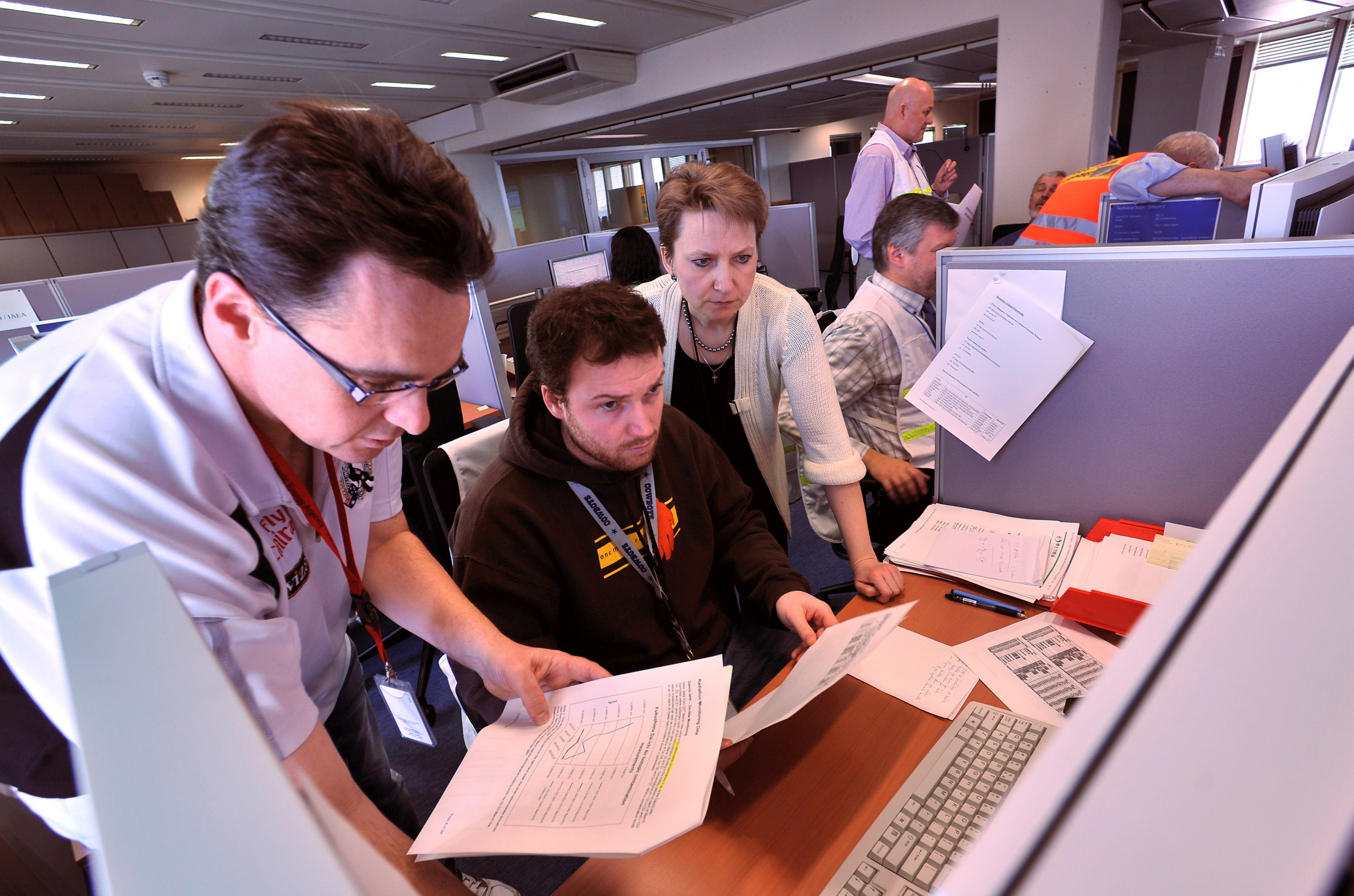The alert came just before sunrise in Vienna on 11 March 2011. The on-call emergency response manager reviewed the seismic report that opened on his laptop screen. Within minutes, staff trained in specialized response roles were called into the IAEA’s Incident and Emergency Centre (IEC). He had initiated the IEC’s ‘full response’ for the Fukushima Daiichi nuclear accident, based on the results of an assessment that followed pre-established procedures.
‘Full response’ means that over 200 staff members trained in regular exercises operate in 12-hour shifts, 24 hours per day, gathering information from emergency contact points in the ‘Accident State’ — in this case, Japan — and other Member States, dispatching IAEA assistance when requested, informing the international community, while updating the media and public and coordinating the international response.
Next month, experiences and lessons learned from the accident, as well as achievements undertaken by national, regional, and international communities since, will be the focus of the International Conference on a Decade of Progress after Fukushima-Daiichi.

